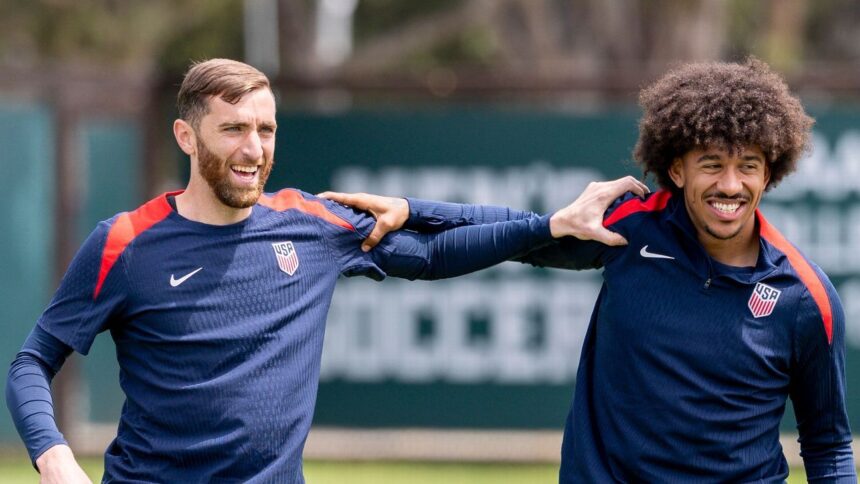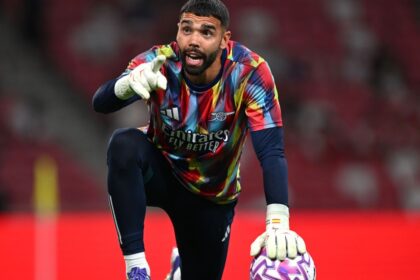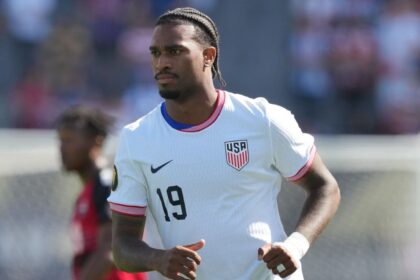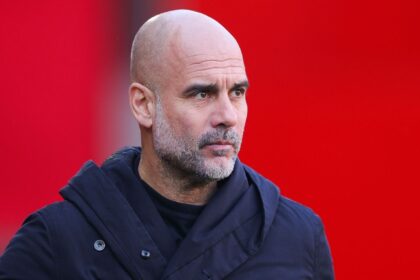Key Transfers for the USMNT Before the 2026 World Cup?
Less than a year before the 2026 World Cup, a new concern arises for fans of the United States national soccer team: Which players should change clubs? The question goes beyond wishing that the footballers play for renowned teams like Liverpool or Real Madrid. The main objective is to ensure that the players have the opportunity to play and improve their performance, which is crucial for the success of the USMNT.
The key is to find clubs that match the talent level of each player, allowing them to play regularly while continuing to develop. A 2019 study suggested the “85% Rule” for optimal learning: a challenge that offers 85% success and 15% failure. USMNT fans aspire for each player to find their “85% club”.
However, the interests of the clubs and the US national team do not always align. The market does not always favor the interests of the USMNT. How will this affect the national team in the 2026 World Cup?
USMNT Player Game Time Analysis
Leaving aside MLS, since it is presumed that players with the level for the USMNT would have a success rate above 85%, we analyzed the playing time of the 32 American players who played the most minutes in the five major European leagues, the three UEFA competitions, the English Championship and the Dutch Eredivisie.
- Top Tier: Christian Pulisic, Antonee Robinson, and Weston McKennie, along with Brenden Aaronson, Aidan Morris, and Johnny Cardoso.
- Second Tier: Players with good playing time in lower-tier teams in the top five leagues or in the Eredivisie.
- Third Tier: Players with variable participation in Champions League and Premier League teams.
- Fourth Tier: Players on the fringes of the USMNT, including Ricardo Pepi and Giovanni Reyna.
If the World Cup started today, the starting eleven could be: Matt Turner in goal; Sergiño Dest and Robinson on the flanks; Mark McKenzie and Chris Richards as center-backs; Adams, McKennie and Musah in midfield; and Weah, Pulisic and Balogun up front.
The average playing time of these eleven players is 49.3% of the minutes available at their clubs. If Matt Turner is excluded, the figure rises to 53.6%. Apparently, it would be expected that the starters would play more than half of the minutes at their respective clubs before the World Cup.
However, it is necessary to consider the quality of those minutes. The average USMNT starter plays on a team of a similar level to AC Milan.
Comparison with Argentina: Does Playing Time Matter?
In the World Cup final, Argentina’s lineup had an average of 72.1% playing time. Unlike Argentina, the USMNT does not have the same depth of talent. Coaches usually choose players based on their performance in clubs. For the USMNT, this can be a challenge, as the options are limited.
In the 2022 World Cup, the average playing time of the eleven most used players of the USMNT was 52.8%. The current team, on average, plays in higher-level clubs than the one in 2022.
The Premier League is more competitive than ever, and Robinson, Adams, and Richards play there. Musah moved from Valencia, which is fighting not to be relegated, to Milan, which aspires to the Champions League. Weah moved from Lille to Juventus, and Balogun plays in Monaco, which qualified for the Champions League.
The two players with the fewest minutes in the USMNT’s potential starting eleven for next summer were Dest and Balogun, who shouldn’t have any playing time issues if they stay healthy. The solution for Turner could be a club change, but this was affected by Lyon’s relegation to Ligue 2.
In the past World Cup, Pulisic was the best player for the USMNT, despite a difficult season. Dest, although he played little, generated more assists and shots than any other player, except Pulisic.
The final against France showed that Argentina had Messi, the best player in the world, along with two players with disappointing seasons at their clubs. Di María and Álvarez, despite not having much playing time, were starters in the final. Scaloni opted for them, and both players were key to Argentina’s success.
The article continues to analyze the impact of transfers and playing time on the USMNT’s performance in the 2026 World Cup, highlighting the importance of experience in high-level clubs and the need for key players to have consistent minutes to arrive in optimal condition for the tournament.









